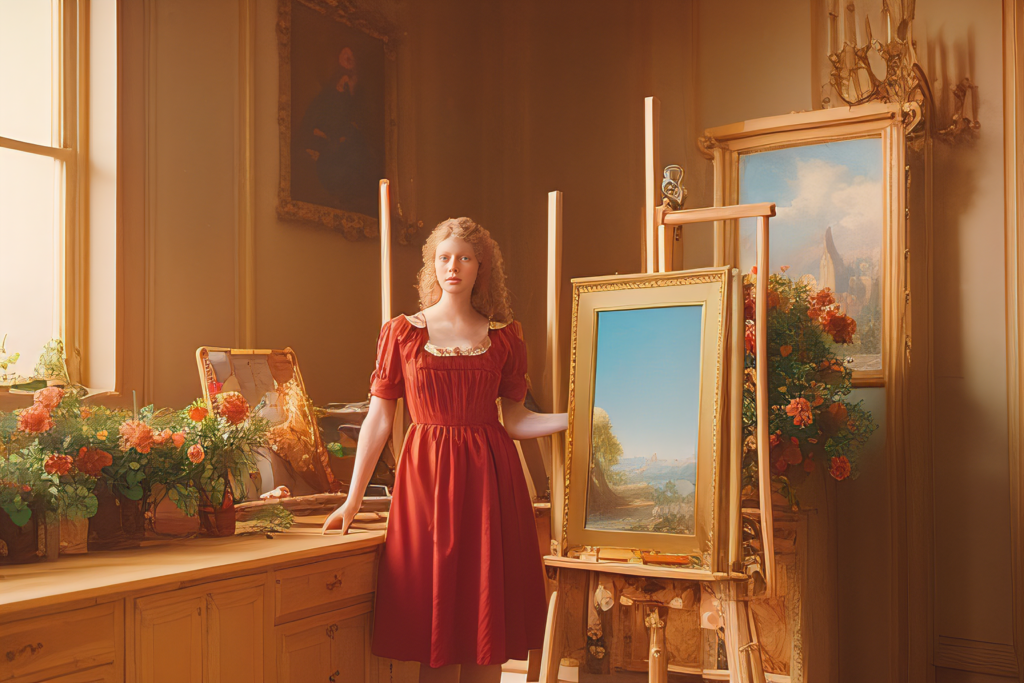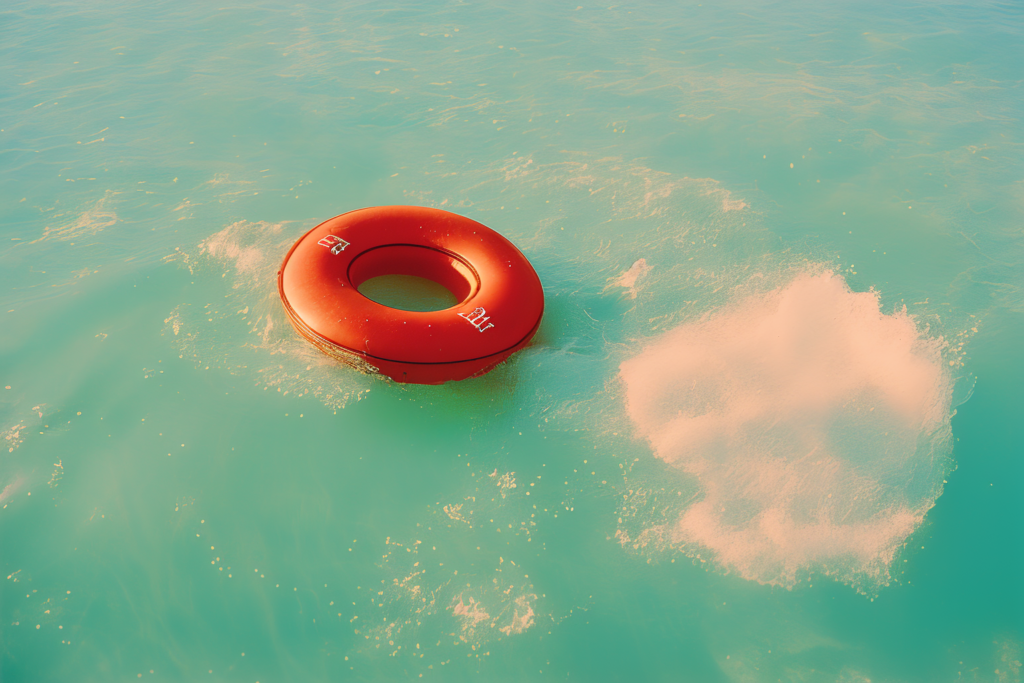AI Art is capable of emulating pretty much any art style imaginable. Anything from oil paintings to vintage film stills can be generated with just a handful of keywords. But, if you’re like me, you may be particularly interested in making photos that look real. So can this be accomplished with the open sourced AI software that is Stable Diffusion?
Why yes…yes it can. And, in this guide, I’ll show you the 5 custom models that can mimic actual photographs the best.
Do You Know What Models Are?
I’m assuming that you already know what a Stable Diffusion model is. If you don’t, that’s perfectly okay. I have a guide that explains models. You should go read first.
If you already understand the concept of models, then let’s move forward.
Disclaimer on SafeTensor Files
I highly recommend that you only download models that are in a SafeTensors file format for your own safety. The chances are relatively slim that you’ll get malware with a Pickle Tensor file, but why take the chance?
If you don’t know what I’m talking about, I have a guide just talking about model file formats that you can read here. All of the models in this list come in a SafeTensors format already.
Prompt Info for Example Images
In order to demonstrate the capabilities of these models to you, I will provide some example output images in this article. To make things fair, I will use the same prompts and settings for each model. Exact specs for images will be listed below each example.
What are the Best Models for Photo-Realism in Stable Diffusion?
Without further ado, here are my picks for best models that can emulate real photographs. This list is based on both my own testing and reviews from other users.
The 5 best models are (in alphabetical order):
- Analog Diffusion
- F222
- Hassanblend V1.4
- Realistic Vision V1.3
- Dreamlike Photoreal 2.0
1. Analog Diffusion
Analog Diffusion was a model created by Reddit user wavymulder. He trained it on a set of analog photographs (i.e. photos taken and printed from actual film as opposed to digital cameras).
When I first tried it, I was personally shocked at how well this model handles multiple people in an image. It does so much better than the base Stable Diffusion models. The images it generates will usually have a traditional film color gradient to them, just so you know.
Also, people tend to be generated wearing denim more often with this model than with the base model. You can try using denim as a negative prompt if you don’t like that (or specify the clothing you want).
The keyword to trigger this model’s style is: analog style. Be sure to include that phrase in your prompt.
Let’s look at some examples:


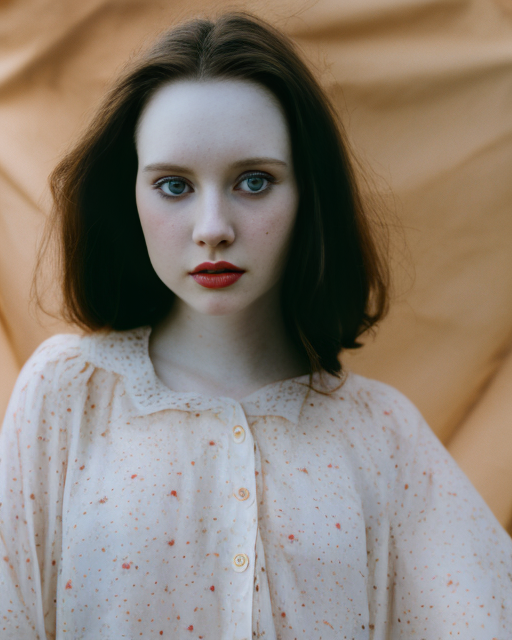
2. F222
The F222 model was designed for generating more anatomically-correct human features. It was trained on a lot of…well, nude content that allowed for clearer demarcations of human anatomy. If you catch my drift. It does handle the concept of hands and fingers better than the base V1.4 model.
Overall, this model is great for generating human portrait photography images but that does not stop it from working well on landscapes (a few are included).
The original creator of F222 was a user that goes by the moniker Zeipher. However, it appears that his website and discord channel have gone silent.
Here are a few examples of the portraits and landscapes that it can produce:



3. Hassanblend V1.4
Hassanblend is a model also created with the additional input of NSFW photo images. However, it’s output is by no means limited to nude art content. The latest version V(1.5) had an additional 5,000 images of training.
However, when testing out the latest version in a SafeTensors format, it appears that the file was damaged during conversion; the output images look overtrained no matter how you prompt. For this reason, I recommend V1.4 until a corrected SafeTensors is released for the newest version.
Unlike some other models, Hassanblend has quite the community around the creator and he is continually updating and adjusting the model for improvement. You can peruse the creator’s page here (but be warned, it has NSFW content on the page).
Let’s look at some examples of the photo-realistic portraits and landscapes it can generate (all safe for work):



4. Realistic Vision V1.3
Realistic Vision was built from the merging of several other custom models. And this one is quite the beast that can handle photo-realism without a sweat. You’ll want to know some of the trigger words for this model; test adding these into your prompts:
- analog style
- modelshoot style
The creator of Realistic Vision, know as SG_161222, has been continually updating and tweaking it for improvement. He has mentioned on Reddit that one more big update is in the works for Realistic Vision. So keep an eye on the Civit AI page for new releases.
Now let’s check out some examples of Realistic Vision V1.3:


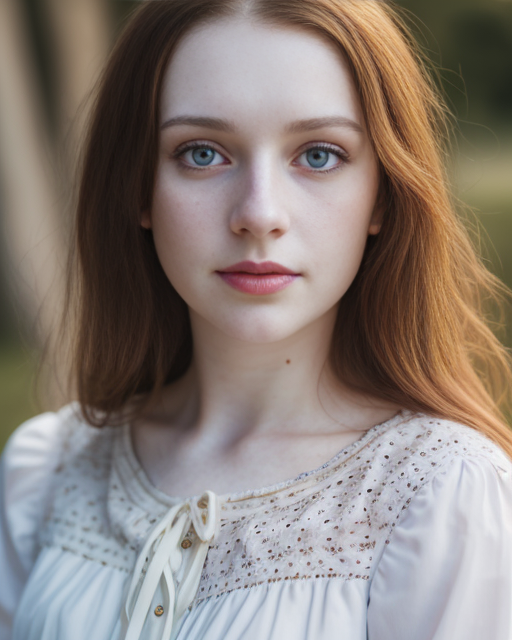
5. Dreamlike Photoreal 2.0
Dreamlike Photoreal 2.0 is the work of Dreamlike Tech Ltd. Unlike many of the other models on this list, Dreamlike has a website where you can use their model online. Be aware that they do use a credit-based pricing model similar to Midjourney or Dall-E 2.
Despite that, you can still use the SafeTensors file of this model for free on your own system. And it’s specifically designed for obtaining a realistic photo output. No trigger words are necessary. One tip to remember for this one, though: the creators recommend using non-square aspect ratios for your generations. So go with a vertical aspect ratio for portraits, etc.
Here are some examples of Dreamlike Photoreal’s capabilities:


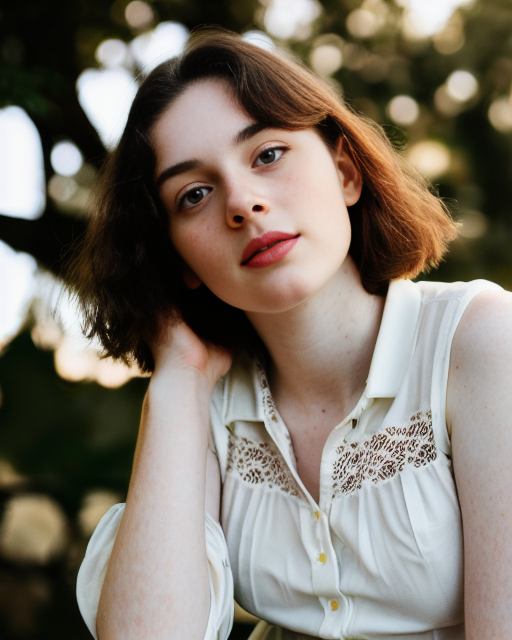
Conclusion
There are surely more models on the open market. And more are likely being trained at any moment. But these 5 models will definitely scratch your itch for realistic photo images. I would recommend trying out just one or two and digging in; test out as many prompts, styles, and keywords as possible.
Thanks for stopping by. If you found this article useful, here are a few more you may like:

